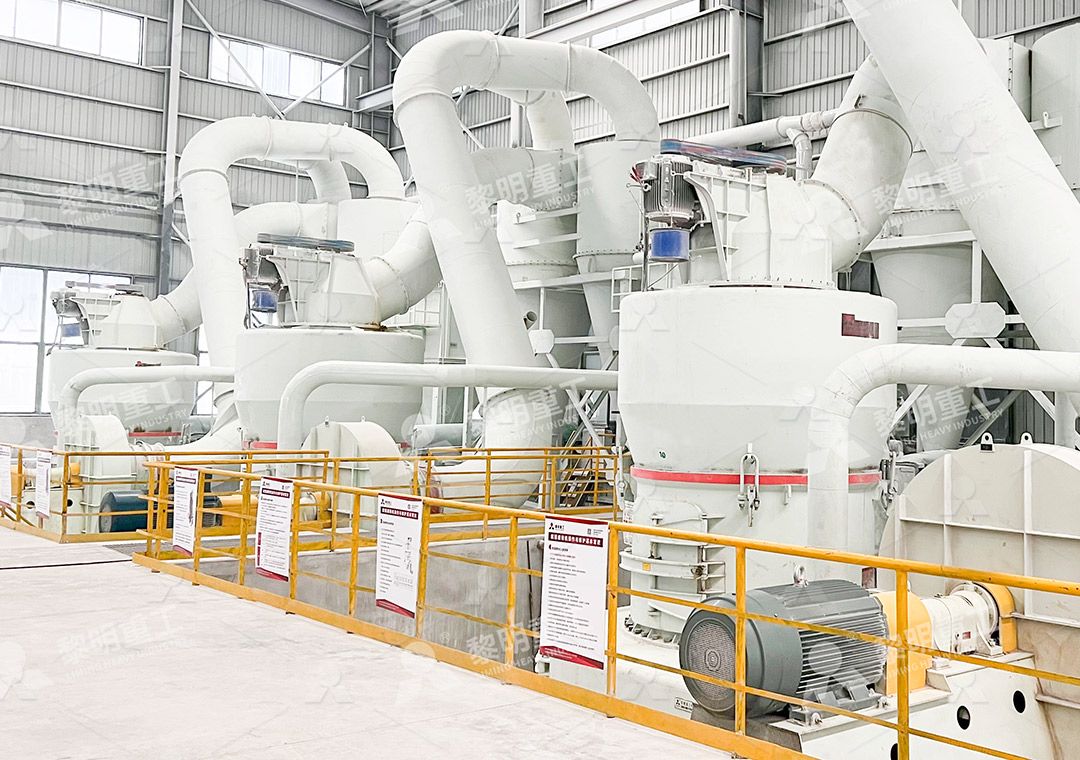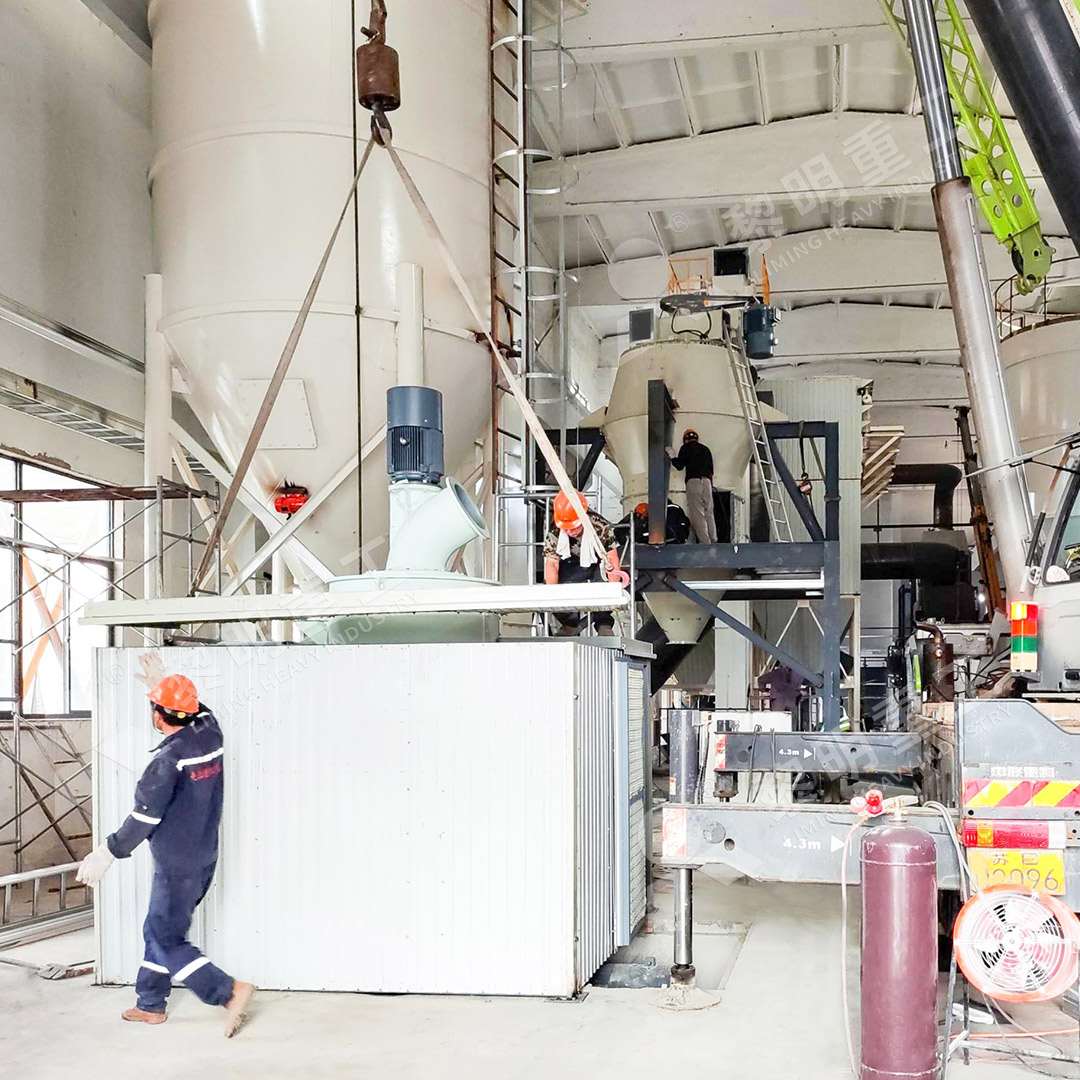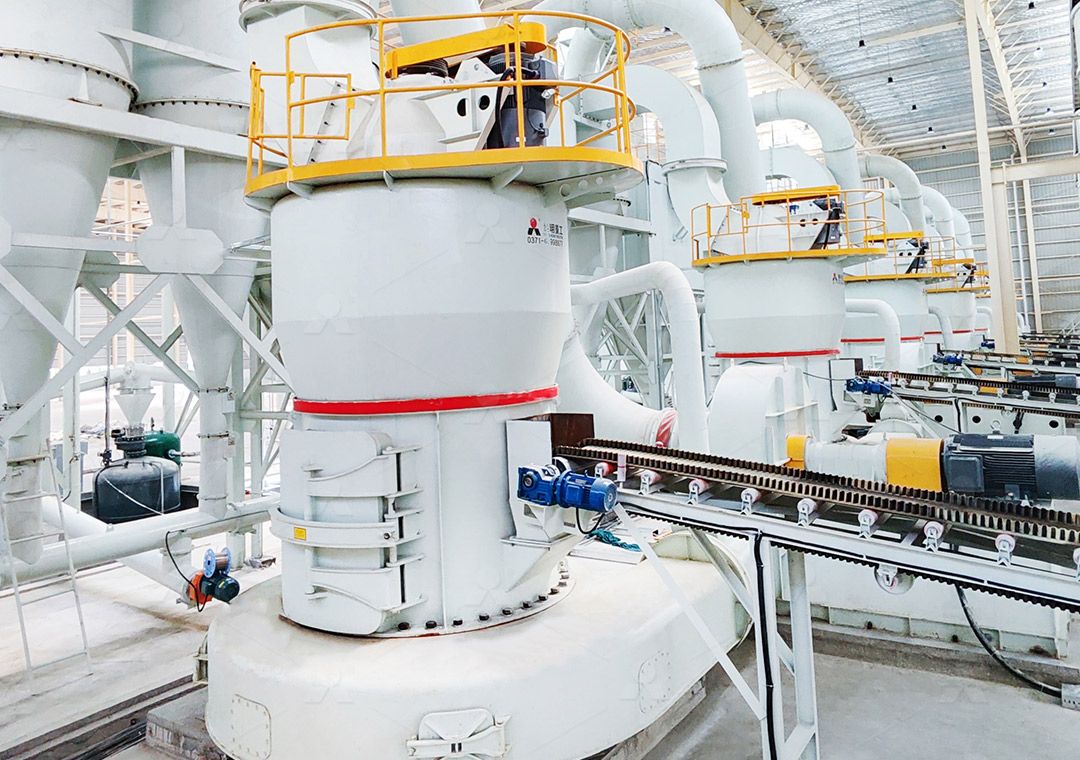20 Mesh Barite Grinding Mill: Key Equipment for Fine Powder Processing
20 Mesh Barite Grinding Mill: Key Equipment for Fine Powder Processing
In the world of industrial mineral processing, achieving consistent fine powder specifications is paramount. Barite, a mineral composed of barium sulfate, demands precise grinding to reach the optimal 20 mesh size required for various industrial applications. This specific fineness is crucial for oil and gas drilling fluids, paint and coating formulations, and numerous chemical processes where particle size distribution directly impacts performance.

The Challenge of Consistent 20 Mesh Barite Production
Producing barite powder at exactly 20 mesh presents unique challenges. Traditional grinding equipment often struggles with maintaining consistent particle size distribution, leading to product quality issues and wasted material. The ideal grinding solution must balance production efficiency with precise particle control, while simultaneously addressing energy consumption and operational costs.
Many operations face difficulties with overheating during grinding, which can degrade barite quality. Additionally, dust control becomes critical when processing fine powders to maintain workplace safety and environmental compliance. The right milling equipment must address these concerns while delivering reliable, continuous operation.
Advanced Grinding Technology for Superior Results
Modern grinding solutions have evolved significantly to meet these demanding requirements. Among the most effective options for barite processing is the MW Ultrafine Grinding Mill, which represents a technological leap in fine powder processing. This advanced mill handles input sizes from 0-20 mm with capacities ranging from 0.5-25 tph, making it ideal for various production scales.
The MW series stands out for its innovative approach to common grinding challenges. Its newly designed grinding curves for rollers and rings significantly enhance grinding efficiency, achieving production capacity 40% higher than jet grinding mills and double the output of traditional ball mills. Meanwhile, system energy consumption drops to just 30% of jet grinding mill requirements.

Key Features for Optimal Barite Processing
What makes the MW Ultrafine Grinding Mill particularly suitable for 20 mesh barite production? Several design features contribute to its superior performance:
The cage-type powder selector, incorporating German technology, ensures precise powder separation with adjustable fineness between 325-2500 meshes. This flexibility allows operators to fine-tune the mill for exact 20 mesh production while maintaining the capability to process other specifications as needed.
Perhaps most importantly for maintenance teams, the grinding chamber contains no rolling bearings or screws. This eliminates concerns about bearing damage or loose screws causing machine failure. The external lubrication system enables continuous 24-hour operation without shutdowns for maintenance.
Environmental and Operational Advantages
Beyond production capabilities, modern grinding equipment must address environmental concerns. The integrated pulse dust collector ensures no dust pollution during operation, while silencers and noise elimination rooms reduce acoustic impact. The entire system complies with national environmental protection standards, making it suitable for operations in regulated regions.
For operations requiring different specifications or processing multiple materials, the LUM Ultrafine Vertical Grinding Mill offers another excellent option. With input size of 0-10 mm and capacity of 5-18 tph, it incorporates the latest grinding roller technology and German powder separating technology. Its unique roller shell and lining plate grinding curve generates material layers more easily, enabling high finished product rates through single-pass powder milling.

Making the Right Equipment Choice
Selecting the appropriate grinding mill for 20 mesh barite production depends on several factors: production volume requirements, available space, energy costs, and future expansion plans. Both the MW and LUM series offer distinct advantages that make them suitable for different operational contexts.
The digital processing employed in these mills ensures high precision manufacturing, particularly for core components. With tens of lines of numerical controlling machine tools handling cutting, bending, planing, milling and paint spraying, customers receive equipment built to exacting standards with consistent quality.
Frequently Asked Questions
What makes the MW Ultrafine Grinding Mill suitable for 20 mesh barite production?
The MW Mill’s advanced cage-type powder selector provides precise control over particle size distribution, easily achieving and maintaining 20 mesh specifications. Its efficient grinding curve design ensures consistent output quality with minimal energy consumption.
How does the absence of rolling bearings in the grinding chamber benefit operations?
This design eliminates common failure points, reducing unexpected downtime and maintenance costs. The external lubrication system allows continuous operation and easier maintenance access.
Can the same equipment process materials other than barite?
Yes, both the MW and LUM series handle various materials including limestone, calcite, dolomite, gypsum, marble, talc, and coal powder. The adjustable fineness makes them versatile for different production requirements.
What environmental features are incorporated into these grinding mills?
The mills include efficient pulse dust collectors that prevent dust pollution during operation. Silencers and noise elimination rooms reduce acoustic impact, ensuring compliance with environmental standards.
How does the energy consumption compare to traditional grinding methods?
The MW Ultrafine Grinding Mill consumes only 30% of the energy required by jet grinding mills while delivering 40% higher production capacity than jet mills and double the output of ball mills.
